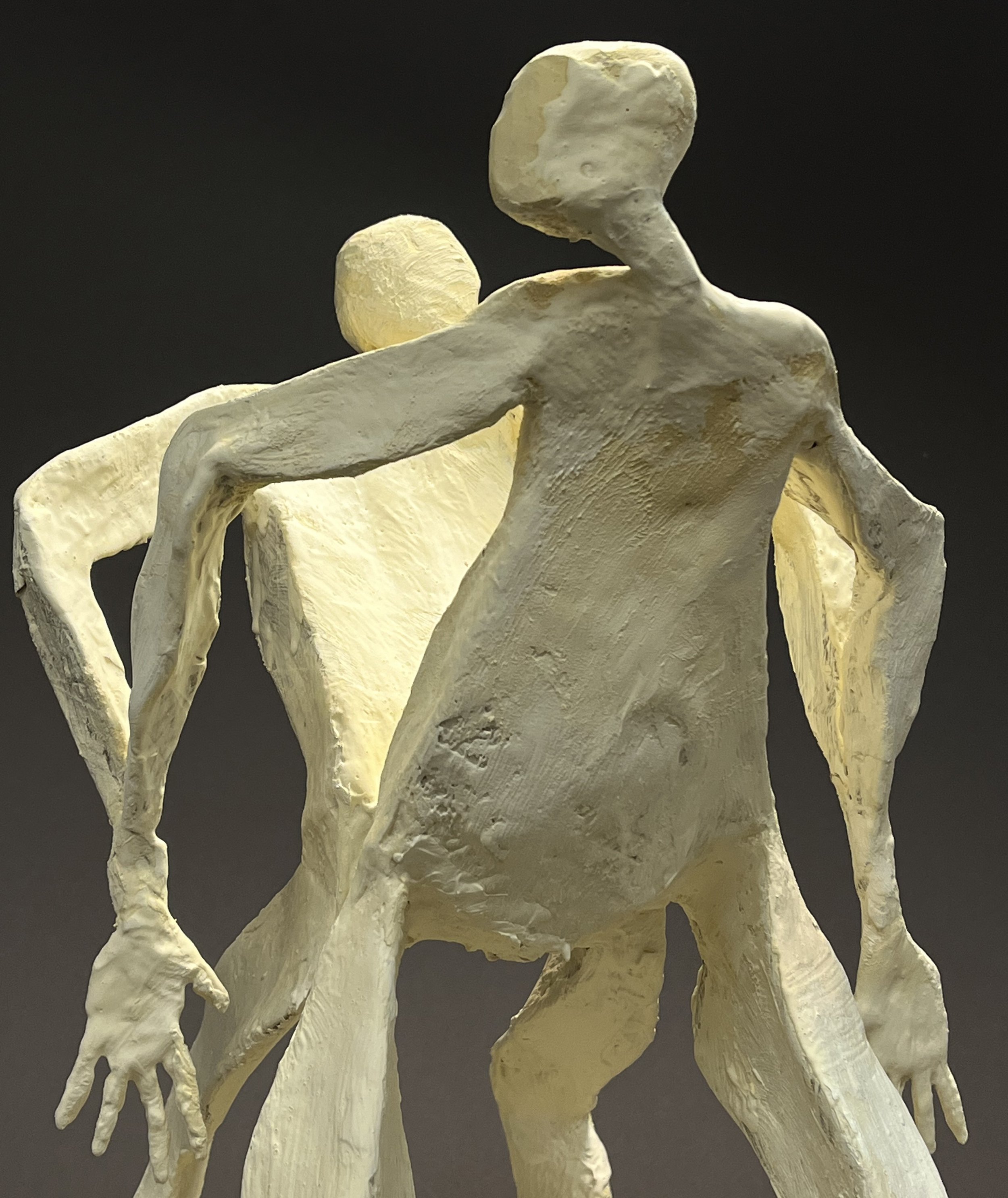In 2000, author Stephen King published “On Writing” which crystalized his knowledge of his craft. In my studio, I recently listened to the audio book read by the author. His thoughts about creating stories based on situations and characters are very similar to creating sculpture.
King explains, “Stories are found things like fossils in the ground… Stories are relics, part of an undiscovered, pre-existing world. The writer’s job is to use the tools in his or her toolbox to get as much of each fossil out of the ground intact as possible…
“Plot is, I think, the good writer’s last resort and the dullard’s first choice. The story which results from it is likely to feel artificial and labored. I lean more heavily on intuition and have been able to do that because my books have been based more on situation than story…
“The situation comes first. The characters, always flat and unfeatured to begin with, come next. Once these things are fixed in my mind, I begin to narrate. I often have an idea of what the outcome may be, but I have never demanded of a set of characters that they do things my way. On the contrary, I want them to do things their way. In some instances, the outcome is what I visualized. In most, however, it’s something I never expected. For a suspense novelist, this is a great thing.”
King’s mission, first and foremost, is to keep readers in a constant state on page-turning anxiety.
As a sculptor, my mission is to keep viewers in a constant state of curiosity. My initial idea is also based on a situation. The character evolves in response. I have ideas for my characters, but I don’t tell them how to respond. I modify their gestures to tell their story.
The art of creating a novel or a sculpture is the art of managing information. What does the audience need to know? When do they need to know it? An editor will tell you to remove anything that does not build character or advance the story. What you leave out creates more suspense than what you leave in. With sculpture, what you leave out is not gone. That space invites curiosity. It gives viewers room to wander, to wonder, to interject their own experience into the situation, and to be engaged in the story. If that experience uncovers some pre-existing world, the story becomes a timeless archetypal metaphor.







